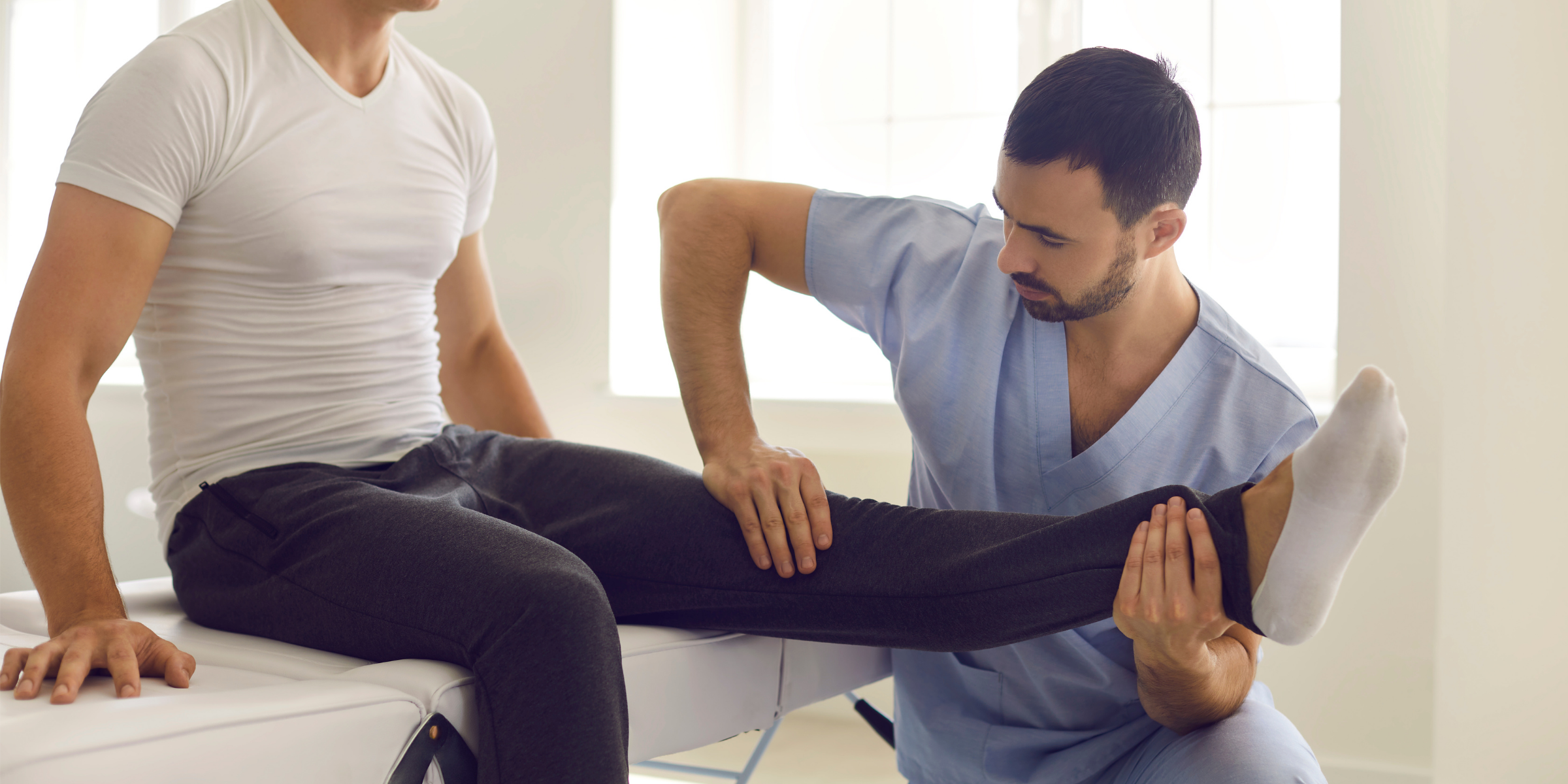As youth start getting back into their school and community sports, it is essential to recognize when a concussion has occurred and the proper steps to take following them.
Concussions can happen in any sport at any age, and they can disrupt a student athlete’s social life, academic focus, sleep cycles and emotional and physical state.
We will discuss the mechanism of injury that can cause a concussion, the signs and symptoms look for in someone who may have suffered a concussion, and lastly, steps to take to recover from a concussion before returning to normal activity levels.
How Do Concussions Occur?
A concussion can occur when there is direct contact to the head or an indirect force to the head, such as; contact to the neck, shoulders or body. The more obvious mechanism is when a player suffers direct contact to the head – a fall on the playing surface or contact into boards, as well as direct contact with the ball to the head – volleyball, baseball or soccer. The less obvious mechanism is through contact with another part of the body – tackle to the torso or hard fall to the ground, which creates a forceful back-and-forth movement of the neck and head – causing a whiplash-type injury. Both mechanisms can cause a coup or coup contrecoup injury – damage to the contact site or site opposite of contact.

Red Flags to Look For
Red flags to look out for after contact include neck pain, double vision, weakness in the arms, increasing headache, seizure, loss of consciousness, deteriorating level of consciousness, vomiting and increased agitation. Any of these requires an emergency medical assessment. Other symptoms can include emotional, physical, mental and altered sleeping patterns. Emotional symptoms could include sadness, anger, frustration, anxiety and irritability, and physical signs include headaches, nausea, dizziness, and noise/light sensitivity. They could experience difficulty sleeping/staying awake, mental fogginess, feeling slowed down and difficulty concentrating. Signs and symptoms may arise immediately or after time.


Concussion Guidelines
Once a concussion is suspected, there are guidelines to return the athlete to activity safely. The athlete should be sent to a medical professional such as a doctor to have a medical assessment and should not return to full activity until they have been cleared.
Initial rest of 24-48 hours is recommended following a concussion – mental, physical and cognitive rest. Returning to school should involve being able to perform school activities at home, such as homework and reading, then gradually returning to normal school day activity – with no increased symptoms. The same is similar for return to activity – walking with no symptoms, running, higher cognitive drills such as dribbling or passing, full contact, and regular play. Symptoms in youth should not last more than two weeks if proper protocol is followed.

Youth athletes are human first, then students and then athletes. Concussions should be treated like a visible injury, and there should be time to rest, recover and rehabilitate before returning to sport. Preventative measures must be implemented to limit the mismanagement of youth athletes who suffer concussions. This starts with education for not only the players but for coaching, support staff, teachers, parents and guardians to recognize the signs and symptoms of concussions and take the proper steps.
Here are some resources for further information on concussions in sports:





